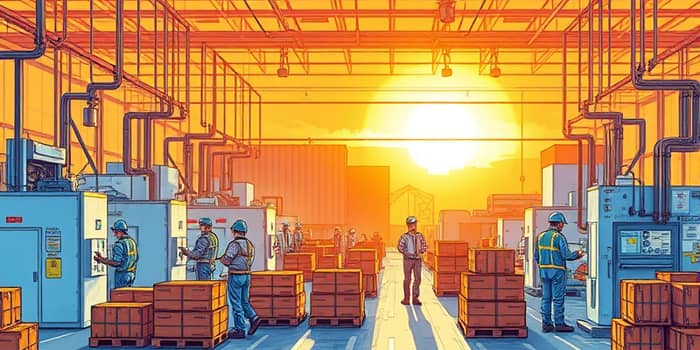
In 2025, the landscape of manufacturing and global commerce is undergoing a profound transformation. Fueled by evolving trade policies, renewed national priorities, and a commitment to community prosperity, businesses across America are reexamining where and how they produce. 29% of U.S. firms are actively reshoring their sourcing or production this year, signaling that domestic manufacturing is no longer just a contingency plan—it is a strategic imperative.
This article delves into the forces propelling this reshoring wave, highlights both the challenges and the opportunities for U.S. manufacturers, and offers actionable guidance for organizations determined to thrive in a more resilient, responsive supply chain environment.
After years of complex global networks, 2025 stands out as the year reshoring matured into a mainstream strategy. Executives recognize that onshoring can deliver not only cost savings in the long run but also greater agility and stability.
In parallel, nearly seven in ten manufacturers are exploring reshoring strategies in direct response to new tariff regimes, supply disruptions, and geopolitical frictions. Although U.S. manufacturing output grew by just 1% in 2025 and import ratios climbed, the C-suite commitment rose by 15% year over year.
Several interlocking drivers explain why companies are racing to bring production back onshore. Understanding these catalysts is essential for shaping resilient strategies.
While the benefits of reshoring are compelling, domestic manufacturers must navigate a set of substantial obstacles. Recognizing and addressing these challenges head-on can spell the difference between a successful relocation and costly delays.
To turn the reshoring momentum into lasting competitive advantage, manufacturers should adopt a holistic, long-term approach. This means embedding excellence across every facet of operations.
The reshoring movement of 2025 represents more than a tactical shift—it is a generational opportunity to reforge America’s industrial backbone. By embracing innovation, prioritizing workforce empowerment, and anchoring production close to home, companies can deliver on the promise of enhanced supply chain resilience efforts and ignite a new era of domestic prosperity.
As manufacturers, policymakers, and communities unite around this shared vision, the stage is set for a manufacturing renaissance. With deliberate action, thoughtful investments, and unwavering commitment, the United States can transform challenges into catalysts for growth, ensuring that the next chapter of global supply chains is written at home.
References













